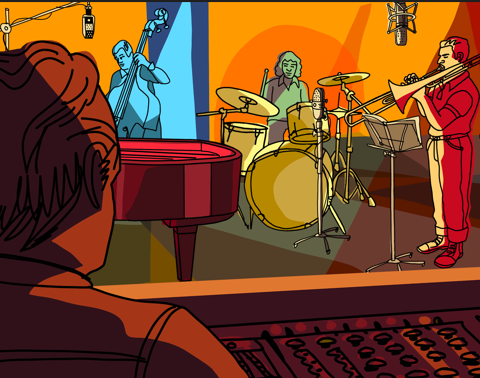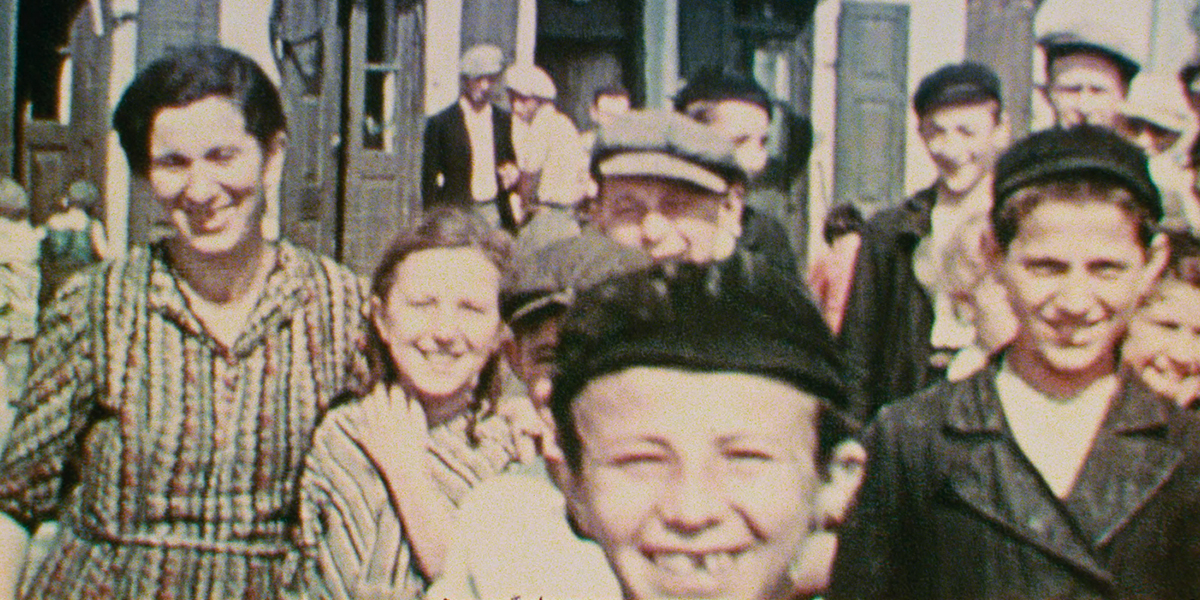Listening to Kenny G
(USA, 97 min.)
Dir. Penny Lane
Programme: TIFF Docs
“This isn’t sex!” exclaims an irate music critic in Listening to Kenny G. “This is masturbation!”
The critic’s comment comes amid a playfully terse sequence in Penny Lane’s documentary about the career of love-him or love-to-hate-him solo saxophonist Kenny G. Fans of Kenny G suggest that he plays the sax as if he’s making love to it. While many babies have doubtlessly been conceived to the tunes blown through Kenny G’s horn, however, his music divides critics. It polarises them in a way few bodies of work do. Good sax or bad sax is all a matter of opinion. If Kenny G’s music is totally self-indulgent—sax with one hand, let’s say—then his records are a lot like making whoopee: whatever rocks your boat.
Penny Lane’s Listening to Kenny G is the most pleasant surprise among the documentaries at TIFF this year. Lane takes what sounds like the lamest and squarest of subjects on paper—a man who built an empire on elevator music—and turns it into something brilliant. She finds in Kenny G a debate at the heart of every artist’s body of work, but also one about a critic’s responsibility to defend and support their opinion. Listening to Kenny G is a hugely entertaining essay about the perceived incompatibility of popularity and artistic success, as well as the seemingly impossible debate about what distinguishes good art from bad.
Listening to Kenny G punches above the level of the average music doc precisely because it doesn’t offer an uncritical celebration. Instead, Lane invites an open and hilariously merciless debate about Kenny G’s stature as an artist. The sax man, born Kenneth Gorelick, also happens to be acutely aware of his haters. He’s a great sport about the debate. Not a single thing that Lane throws at Kenny G seems to faze him. Rather, he counters his critics’ arguments with replies that actually enlarge his stature. He has one heck of an ego and he plays it just as well as he does the sax. Kenny G is one of the most entertaining and charismatic doc characters in recent memory: even folks who truly loathe his music will find it hard to fault the man himself.
The critics, for one, suggest that there is nothing unique about Kenny G’s music. He can hold a note for over 20 minutes—Guinness Book of World Records level blowing here, folks—thanks to mastering the art of “circular breathing” that allows him to play extended numbers with the breathy breaks that punctuate a song. However, the critics in Listening to Kenny G contend that any trained jazz musician can do this technique. Kenny G doesn’t dispute their claim either—he’s just using circular breathing on a larger platform and getting more exposure than other musicians. Even he doesn’t put much stock in his lone Grammy win because he recognizes its subjectivity. He’s more proud of his wins on the golf course.
Lane’s doc also sees the critics debate whether Kenny G’s music is jazz at all. There’s some brilliant analysis here about what distinguishes a work as part of a genre. The critics suggest that Gorelick’s music is more akin to unobtrusive background noise than true blue jazz with syncopation and riffs. For Kenny G, however, music is music and he loves what he does regardless of the definition, although he shirks when his music is classified as “Easy Listening.” He is truly the most unflappable person I’ve ever seen in a film.
Most fun, however, is the chapter of the film in which Lane turns the gaze back on the critics. Kenny G and company recall one particularly wrathful and venomous screed in which jazz guitarist Pat Metheny pulverized Kenny G in the takedown of takedowns. As much as Gorelick’s haters say they loved seeing one of their peers bulldoze the sax man, they acknowledge to Lane that the hit-job went too far: not because they felt that Kenny didn’t deserve it, but because it de-legitimized their own criticsm. A bad review has a different currency amid a sea of gleeful pile-ons.
Debates also wage about Kenny G’s right to be the most recognizable and highest-selling figure in jazz. Kenny G, you’ll note, is a skinny white guy making oodles of cash on the legacy of Black music. The critics debate the fine line between homage and cultural appropriation, as well as the impropriety of furthering a legacy of white artists exploiting systemic racism in the music biz to their advantage. Kenny G, meanwhile, defends music as colourless and simply sees his work as an opportunity for millions of fans to (re)discover the sounds of his predecessors. But when he performs with a hologram of Louis Armstrong, with the blessings of Armstrong’s family and proceeds going to charity, the critics pull out their biggest guns yet.
Pulling out the big guns for Kenny G has its implications since Lane humorously illustrates that people literally pull out their guns in anger of his music. One sequence presents a video from social media in which an irate music nut tosses Kenny G’s albums onto the ground and pumps them full of bullets from an assault rifle. Another person nukes them in the microwave. Others, however, play his smash hit “Songbird” while walking down the aisle or having the first dance at their wedding. This film is, at heart, an exploration of what it means to own one’s taste in music, whether said tunes are sophisticated or totally basic.
Listening to Kenny G ultimately considers the matter of taste and the vulnerability that sharing one’s favourite music invites. To defend one’s taste in music is to defend oneself. As a defender, Kenny G proudly owns his cheese. His willingness to be in on the joke arguably contributes to his longevity as the music industry veers away from album sales to “streams” and “plays.” He harnesses social media to his success and fuels an unlikely generation of jazz fans who listen to his music ironically or not. Lane similarly captures his story with the right sense of humour and the proper sensibility. The film ultimately acknowledges and considers both sides of the Kenny G debate. Lane leaves it to a viewer’s personal taste. For many people, good sax or bad sex is purely subjective, but any sax is better than no sax at all.
Listening to Kenny G premiered at the 2021 Toronto International Film Festival.













